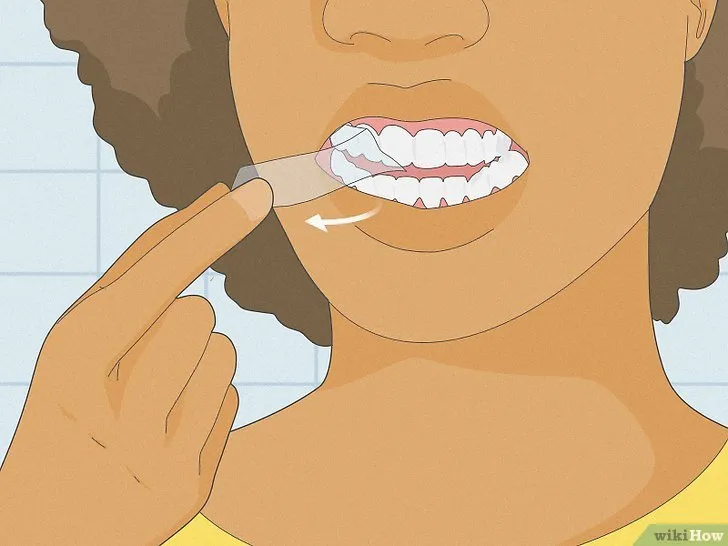Understanding Whitening Strips
Whitening strips have become a popular and accessible method for achieving a brighter smile. These thin, flexible strips are coated with a whitening agent and designed to adhere to the surface of your teeth. They offer a convenient alternative to professional teeth whitening treatments, allowing individuals to enhance their smile from the comfort of their homes. But how do they work, and what should you know before you start using them? Understanding the science behind these strips is crucial for making an informed decision and achieving the best results. This guide will help you navigate the world of whitening strips, ensuring you choose the best option for your needs and achieve a dazzling, confident smile.
How Whitening Strips Work
Whitening strips work by utilizing a chemical process to break down stains and discoloration on your teeth. The active ingredient in most whitening strips is a form of peroxide, such as hydrogen peroxide or carbamide peroxide. When these peroxides come into contact with the enamel, they release oxygen molecules. These oxygen molecules penetrate the enamel and dentin, the porous layers of your teeth, reacting with the stain molecules. This reaction effectively breaks down the stain molecules into smaller, less noticeable components, leading to a brighter appearance. The effectiveness of the whitening process depends on the concentration of the peroxide, the contact time, and the type and severity of the stains present.
The Science Behind Teeth Whitening
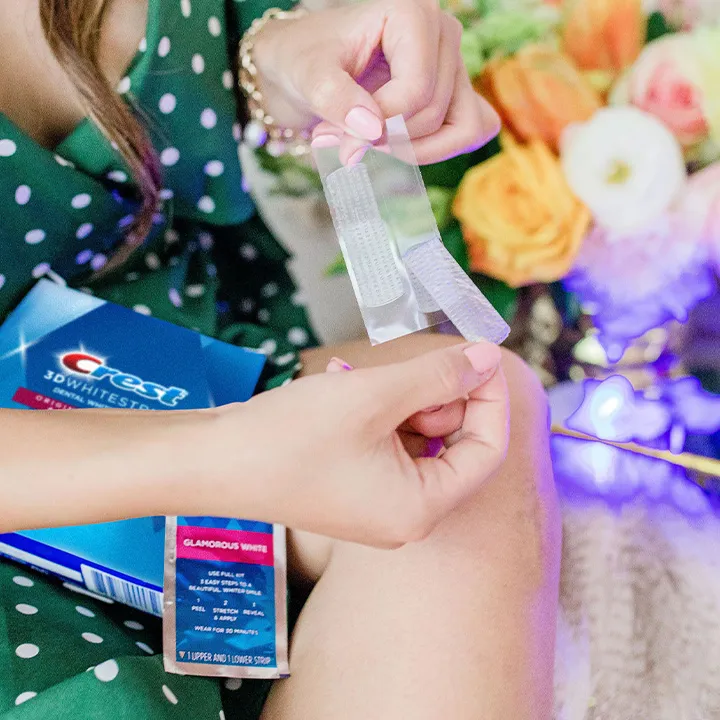
The science behind teeth whitening involves understanding the structure of your teeth and how stains accumulate. The enamel, the outer layer of your teeth, is naturally porous. Over time, staining substances from food, drinks (coffee, tea, red wine), and tobacco products seep into these pores. These substances bond with the enamel, leading to discoloration. Whitening agents, specifically peroxides, target these stains. The oxygen molecules released by the peroxide effectively oxidize the stain molecules, breaking them down and making them less visible. The process is more effective on extrinsic stains (those on the surface) than intrinsic stains (those within the tooth structure), but it can still improve the overall brightness of your teeth. Different concentrations of peroxide, combined with the application time, impact the extent of the whitening.
Types of Whitening Strips
Choosing the right whitening strips involves understanding the different types available. The primary difference lies in the active whitening agent and its concentration. The two main types are hydrogen peroxide strips and carbamide peroxide strips. Each has its own characteristics that affect its performance and potential for side effects. Additionally, some whitening strips may contain other ingredients to enhance the whitening process or improve the overall experience. Knowing the differences allows you to choose a product that aligns with your needs and sensitivity levels.
Hydrogen Peroxide Strips
Hydrogen peroxide is a common and effective whitening agent. It’s typically used in higher concentrations in professional teeth whitening treatments. Whitening strips containing hydrogen peroxide often deliver faster results compared to those with lower concentrations or carbamide peroxide. They are known for their ability to break down stains efficiently, leading to a noticeable improvement in tooth shade within a few days or weeks. However, the higher concentration can also increase the likelihood of tooth sensitivity and gum irritation. It is important to follow the instructions carefully and be aware of potential side effects when using hydrogen peroxide strips. Consider this type if you’re looking for quick results and are not overly sensitive to potential side effects.
Carbamide Peroxide Strips

Carbamide peroxide is another common whitening agent. It breaks down into hydrogen peroxide when it comes into contact with water. Carbamide peroxide strips often have a lower concentration of the active whitening agent than hydrogen peroxide strips, which means they may produce results at a slightly slower rate. However, this also often translates to a reduced risk of sensitivity. This makes carbamide peroxide strips a suitable option for individuals with sensitive teeth or those who prefer a gentler approach to teeth whitening. The effectiveness varies depending on the product formulation and how the strips are used.
Other Whitening Strip Ingredients
Besides the main whitening agents, many whitening strips contain other ingredients to enhance the whitening process or improve the overall experience. Some strips include ingredients like glycerin, which acts as a humectant, keeping the strips moist and adhering them to the teeth. Other common components are water, flavoring agents (such as mint), and stabilizers to maintain the formula’s efficacy. Some brands incorporate desensitizing agents like potassium nitrate to reduce sensitivity. It’s important to review the ingredient list to ensure you are not allergic to any of the components. These additional ingredients can improve the comfort and efficacy of the whitening treatment. Always be aware of any potential allergic reactions.
Factors to Consider When Choosing Strips
Selecting the appropriate whitening strips requires considering several factors to ensure both effectiveness and safety. The key aspects to evaluate include your teeth’s sensitivity, the strength of the whitening agent, your lifestyle and habits, and the brand’s reputation. Choosing the right product involves balancing the desire for a brighter smile with the need to protect the health of your teeth and gums. Reviewing product information, reading reviews, and consulting with a dentist can help you make an informed decision and achieve the best possible results.
Your Teeth’s Sensitivity
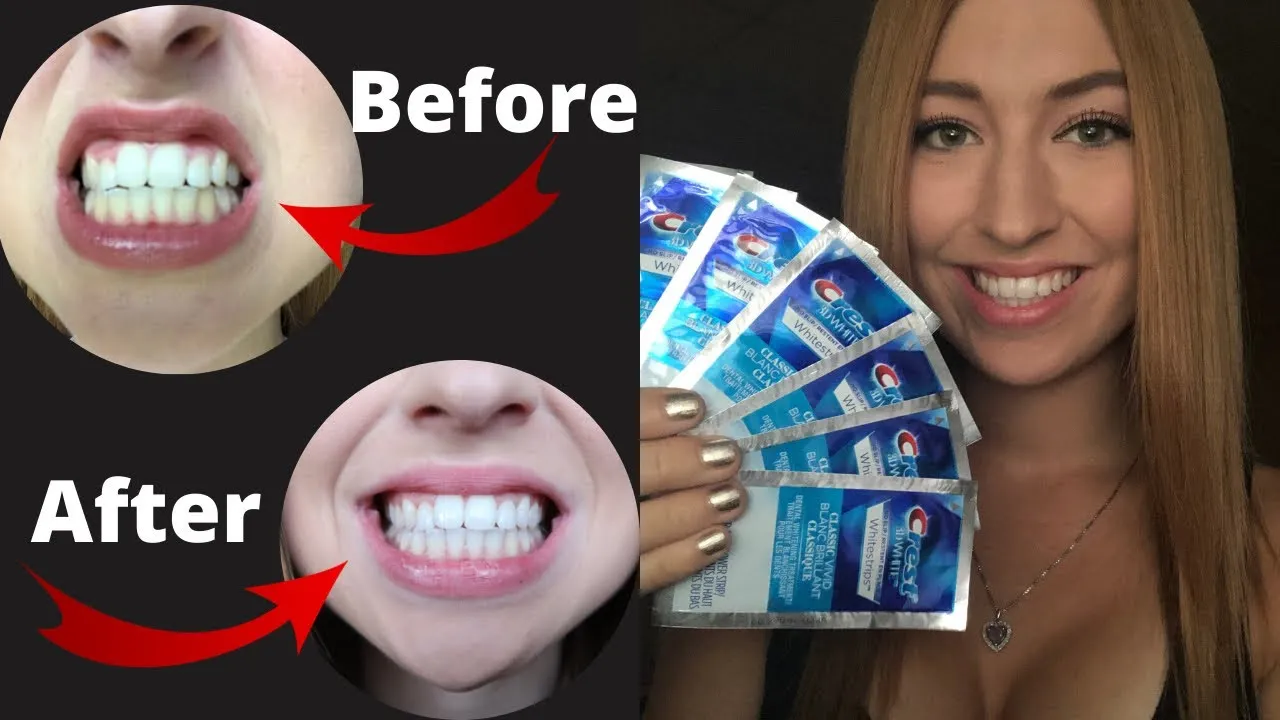
One of the most important factors to consider is the sensitivity of your teeth. If you have sensitive teeth, look for strips with a lower concentration of the whitening agent, such as carbamide peroxide, or those specifically formulated for sensitive teeth. These strips often contain desensitizing agents that help reduce discomfort. It’s also important to follow the recommended usage instructions carefully and avoid overusing the strips, as this can exacerbate sensitivity. If you experience significant discomfort, it’s best to discontinue use and consult your dentist. Consider the sensitivity of your teeth when selecting your product, as comfort and safety are critical to the process.
The Strength of the Whitening Agent
The strength of the whitening agent directly affects the results and the potential for side effects. Strips with higher concentrations of hydrogen peroxide often provide faster and more dramatic whitening. However, they are also more likely to cause tooth sensitivity and gum irritation. Strips with lower concentrations, or those using carbamide peroxide, tend to be gentler but may require longer treatment times to achieve the desired results. Assess your whitening goals and tolerance for potential side effects when selecting the strength of the whitening agent. If you’re new to whitening, start with a lower concentration to see how your teeth react. For those with experience, a stronger agent may be appropriate. Always read the product instructions for proper use.
Your Lifestyle and Habits
Your lifestyle and habits significantly impact the choice of whitening strips and the overall outcome. If you consume staining foods and beverages frequently, such as coffee, tea, red wine, and dark berries, you may need a stronger whitening agent or more frequent treatments to maintain your results. Smokers or those who use tobacco products will also likely experience more rapid staining. Consider your habits to anticipate how often you’ll need to whiten your teeth. It’s also important to address these habits to optimize your results and minimize discoloration. Consistent oral hygiene practices, like brushing and flossing, are also important for maintaining a bright smile. Understanding your habits assists in optimizing your whitening strategy.
Brand Reputation and Reviews
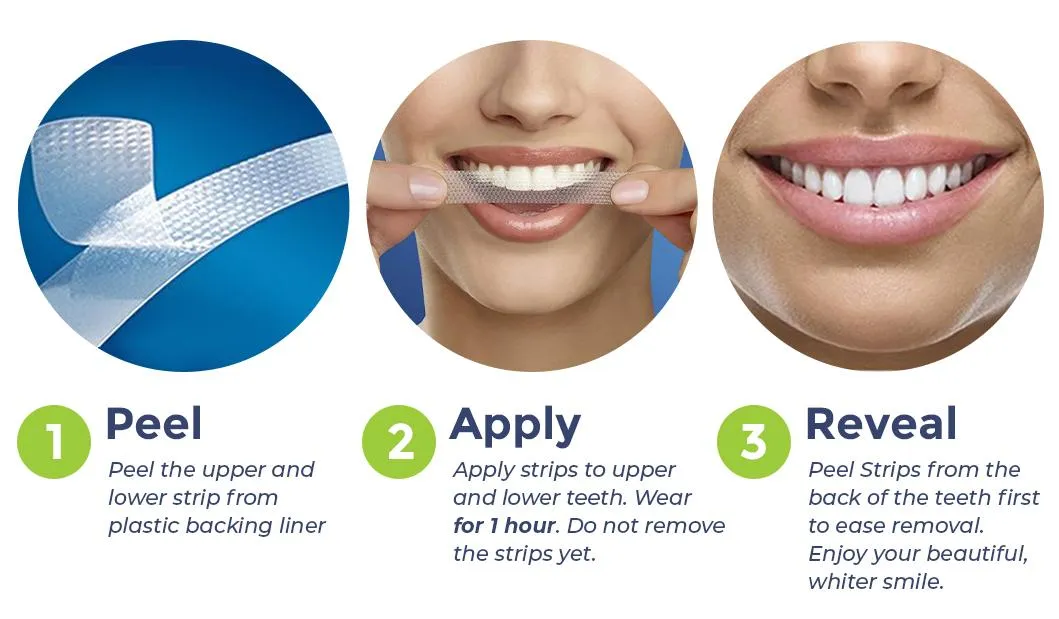
Choosing a reputable brand can greatly enhance the effectiveness and safety of your teeth whitening experience. Research the brand’s reputation by reading online reviews from other users. Look for brands with positive feedback regarding effectiveness, ease of use, and minimal side effects. Check for products that have been clinically tested. Also, review the product’s safety information and ingredients to make sure the product fits your needs. Consider consulting with your dentist to get recommendations on brands and products that they approve of. These insights assist in choosing safe and effective products, ensuring you achieve the smile you desire.
Step-by-Step Instructions for Use
Proper use of whitening strips is essential for achieving the best results and minimizing potential side effects. Following the step-by-step instructions provided by the manufacturer ensures that the whitening agent is applied correctly, allowing it to effectively break down stains. Also, it’s important to prepare your teeth properly and adhere to the recommended application and waiting times. Aftercare is crucial for maintaining the results and avoiding any complications. Carefully following the instructions will maximize the effectiveness of the strips and protect your overall oral health.
Preparing Your Teeth
Before applying whitening strips, it’s important to prepare your teeth to ensure the best results. Brush your teeth gently to remove any food particles and plaque. However, avoid brushing immediately before applying the strips, as this can sometimes increase sensitivity. Floss your teeth to remove any debris between your teeth. Rinse your mouth with water to remove any remaining residue. Ensure your teeth are dry before application, as this will help the strips adhere properly. Preparing your teeth properly optimizes the effectiveness of the whitening process.
Applying the Strips

Carefully apply the whitening strips according to the manufacturer’s instructions. Peel the strips from their backing and apply the gel-coated side to your teeth. Align the strips along the gumline, pressing gently to ensure they adhere well to your teeth. For the upper teeth, apply the longer strip and the shorter strip for the lower teeth. Make sure to avoid contact with your gums as much as possible to minimize irritation. Proper application will ensure the whitening agent effectively contacts the tooth surfaces and leads to the best outcome.
Waiting Time
Adhere to the manufacturer’s recommended waiting time. This time varies depending on the type of whitening strips and the concentration of the whitening agent. Usually, the strips are left on for 30 minutes to an hour. Setting a timer can help you to keep track of the time and prevent you from exceeding the recommended duration, as this could increase the likelihood of sensitivity or other side effects. Once the waiting time is over, remove the strips and dispose of them. Be consistent with the time frame to ensure the treatment’s effectiveness.
Aftercare and Maintenance
After completing the whitening treatment, proper aftercare is crucial for maintaining your results and preventing new stains from forming. Avoiding staining foods and drinks, practicing good oral hygiene, and taking proactive steps to protect your newly whitened teeth will ensure your smile stays bright and healthy. Proper aftercare extends the life of your results.
Avoiding Staining Foods and Drinks
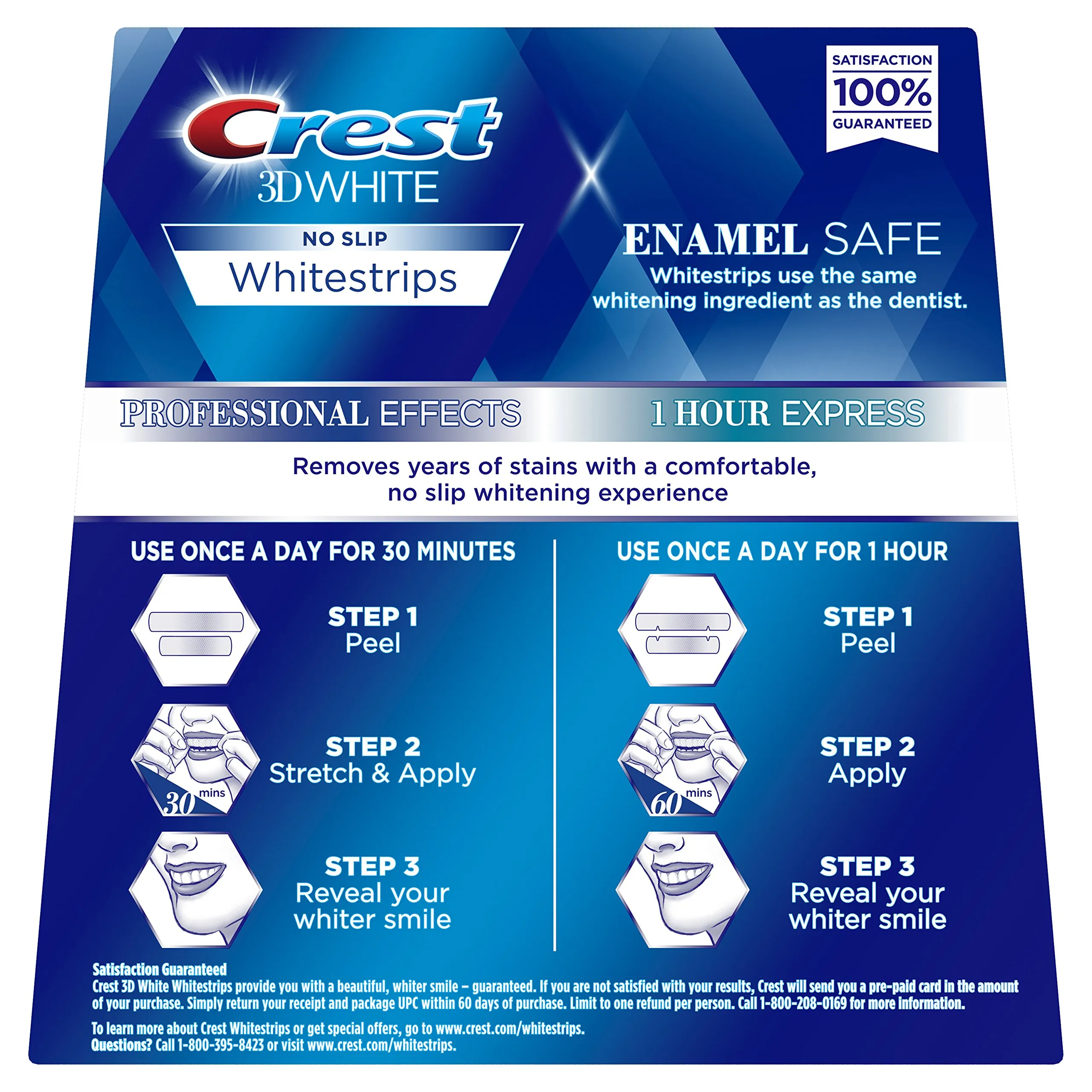
To protect your newly whitened teeth, it’s essential to avoid or limit the consumption of staining foods and drinks for a period after your treatment. These include coffee, tea, red wine, dark sodas, and highly pigmented fruits and vegetables. Be mindful of sauces like soy sauce and balsamic vinegar. If you do consume these items, rinse your mouth with water or brush your teeth soon after to minimize staining. You can also drink through a straw to prevent contact with your teeth. This will help prevent stains.
Maintaining Your Results
Maintaining your results requires consistent oral hygiene and preventive measures. Brush your teeth twice a day with a whitening toothpaste. Floss daily to remove plaque and food particles from between your teeth. Consider using a mouthwash to kill any bacteria and reduce plaque. Schedule regular dental check-ups and professional cleanings, where your dentist can remove surface stains and assess your oral health. Avoid tobacco products, as they stain your teeth quickly. Regular maintenance protects your smile.
Potential Side Effects and Solutions
While whitening strips are generally safe, they can sometimes cause side effects. The most common side effects are tooth sensitivity and gum irritation. Understanding these potential issues and knowing how to manage them can help you have a better experience and minimize discomfort. Knowing the side effects empowers you to address them effectively, ensuring you can achieve a brighter smile with minimal issues.
Tooth Sensitivity
Tooth sensitivity is a common side effect, which can be addressed effectively. If you experience tooth sensitivity, consider using a toothpaste designed for sensitive teeth. This toothpaste often contains ingredients like potassium nitrate that help reduce sensitivity. Another approach is to take breaks between treatments. Apply the strips every other day, instead of every day. If the sensitivity persists, consult your dentist, who can recommend fluoride treatments or other options to protect your teeth. Proper care reduces the discomfort associated with whitening.
Gum Irritation
Gum irritation is another potential side effect. It is often caused by the whitening agent coming into contact with your gums. To minimize this issue, carefully apply the strips, making sure to avoid contact with your gums. If irritation occurs, stop using the strips and allow your gums to heal. You may also try using strips with lower concentrations of the whitening agent. Using gentle brushing techniques and avoiding aggressive flossing can also help. Persistent or severe irritation warrants a visit to the dentist to make sure everything is okay.
Alternatives to Whitening Strips
While whitening strips are a popular choice, other teeth whitening options are available, each with its own advantages and disadvantages. These alternatives include whitening toothpastes, professional teeth whitening treatments, and other at-home methods. Choosing the best alternative depends on your needs, your budget, and the desired results. Exploring alternatives provides options that are effective for you and can enhance your smile.
